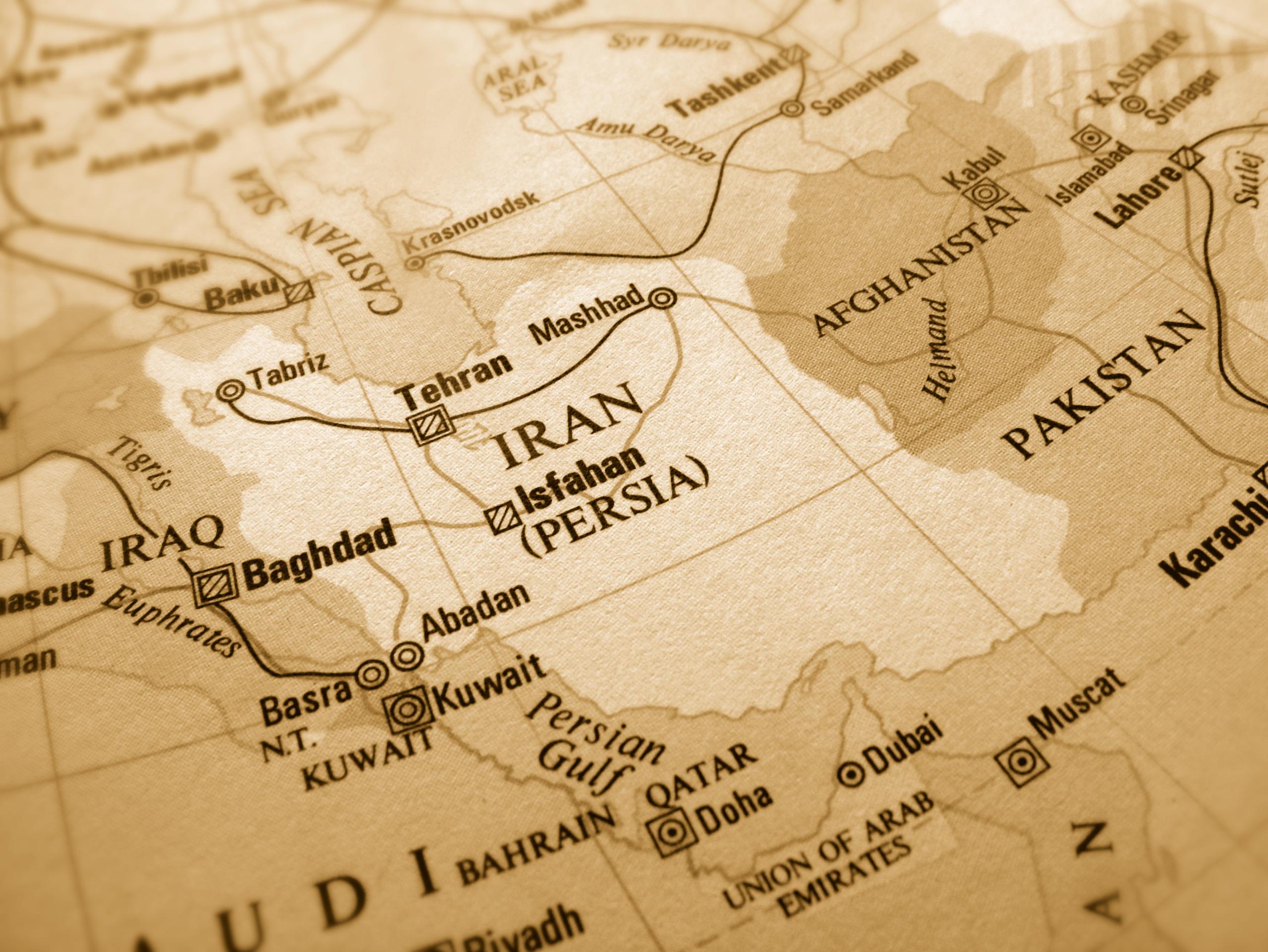Increasing likelihood of a new Iranian revolution
2025-06-27
BY CHELTON WEALTH

While markets focus on the downside risks of the Iran war, a historic opportunity for regime change is emerging. Following Trump’s devastating attacks on three Iranian nuclear facilities, we are likely to see the usual market reaction: oil prices rising, defence stocks surging and higher volatility. The current market consensus is overwhelmingly negative, which is understandable. Analysts point to the threat of a closure of the Strait of Hormuz, through which 21% of global oil production passes every day. A blockade could push oil prices to £150 per barrel and cause a global recession. Iran has also proven its ability to wage asymmetric warfare through proxies such as Hezbollah and the Houthis, who can attack US bases and commercial vessels without direct retaliation risks for Tehran, at least in the past.
At the same time, however, this consensus fundamentally underestimates the weakness of the Iranian regime. With an economy shrinking by 8.2%, inflation at 41.2%, and now their nuclear capacity ‘completely destroyed’ according to Trump, the regime faces existential challenges. The ayatollahs have lost their most important trump card: the nuclear threat that protected them from regime change for decades. Moreover, history shows that authoritarian regimes often fall faster than expected when military defeats coincide with economic crisis and popular uprisings.
Iran as an oil producer
The strongest arguments for regime change in Iran lie in the energy sector. Proponents of regime change argue that a democratic Iran could potentially add 4.3 million barrels per day to the market, which would structurally reduce oil prices by $20–30. This would not only reduce global inflation but also likely give American energy companies such as Chevron and ExxonMobil access to the world’s second-largest gas reserves. Iran has proven oil and gas fields that have remained underdeveloped since the 1979 revolution, primarily due to sanctions. Critics argue, however, that this normalisation would take years, even with regime change. Iran’s energy infrastructure is outdated and requires billions in investment. Moreover, Saudi and UAE energy companies would oppose a rapid return of Iran, as this would threaten their market share. The OPEC-plus dynamic would fundamentally change, potentially leading to a price war similar to the one that occurred in 2014–2016.
The Abraham Accords
The most transformative scenario involves expanding the Abraham Accords to include a democratic Iran. This would immediately create $200 billion in new trade flows between Israel, Iran, Saudi Arabia and the UAE. Iran has 85 million highly educated citizens and a tech sector that flourished before the sanctions. Israeli technology combined with Iranian engineering capabilities and Saudi capital could spark an economic revolution.
These optimistic projections may overlook decades of religious and ethnic tensions. The struggle between Sunnis and Shiites is centuries old and will not be resolved by political change. Even a democratic Iran would likely retain Persian nationalist sentiments and compete with Arab powers for regional influence. Moreover, the history of post-conflict reconstruction shows that economic integration usually proceeds much more slowly than politicians promise. Iraq and Afghanistan are examples of the challenges faced in building functioning democracies in complex regional environments.
Fall of the Berlin Wall
The current situation can also be compared to the fall of the Berlin Wall in 1989. The argument is tempting: economic crisis, military defeat, widespread protests and international isolation — all the ingredients for regime change are present in Iran. The parallels are striking. The Soviet Union had a secular ideology that had failed; Iran’s theocratic system has religious legitimacy that is more deeply rooted. Moreover, the USSR had economic alternatives (market reforms), while Iran’s ayatollahs have little room for compromise without undermining their fundamental authority. The Middle East is also significantly more complex than Eastern Europe, with multiple proxy conflicts and sectarian tensions that complicate stability. Finally, the USSR was militarily exhausted by Afghanistan; Iran still has significant asymmetric capabilities via regional proxies.
The symbolism of Cyrus the Great
Netanyahu’s repeated references to Cyrus the Great are more than rhetoric: ‘2,500 years ago, Cyrus the Great gave the Jews their freedom. Today, we can create the conditions to liberate the Persian people.’ Cyrus remains popular among Iranians as a symbol of Persian greatness before Islamic conquest, and the fact that ayatollahs had to ban his commemoration in 2016 shows the threat that secular Persian identity poses to their authority. This suggests that regime change is not only possible, but that cultural foundations exist for a post-Islamic Iranian state. At the same time, it must be recognised that symbolism offers no guarantee of political reality. Iran’s Revolutionary Guard and Basij militias still have considerable repressive capacity, and regime change requires more than cultural nostalgia. The protests following Mahsa Amini’s death demonstrated both the strength of resistance and the brutality of repression. In this regard, it is advisable to exercise caution when overestimating symbolic factors at the expense of complex geopolitical realities.

